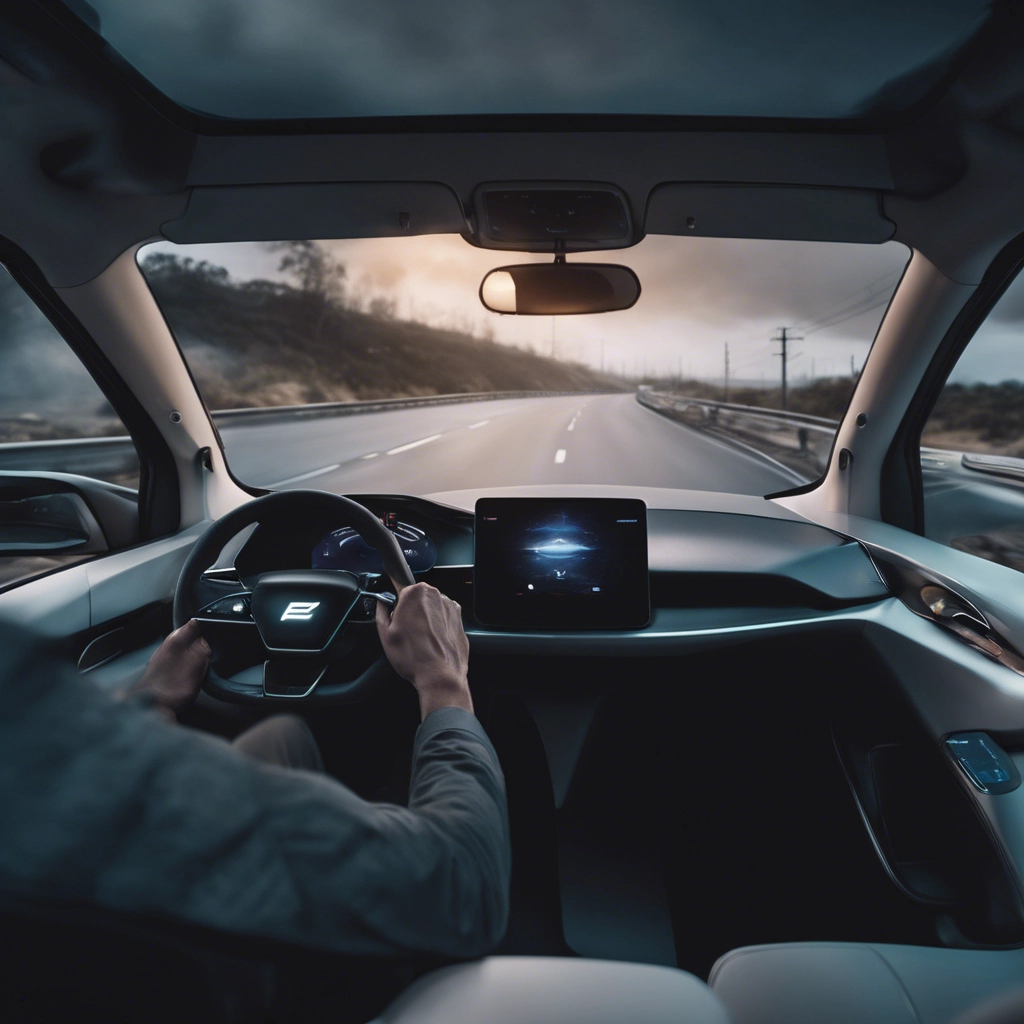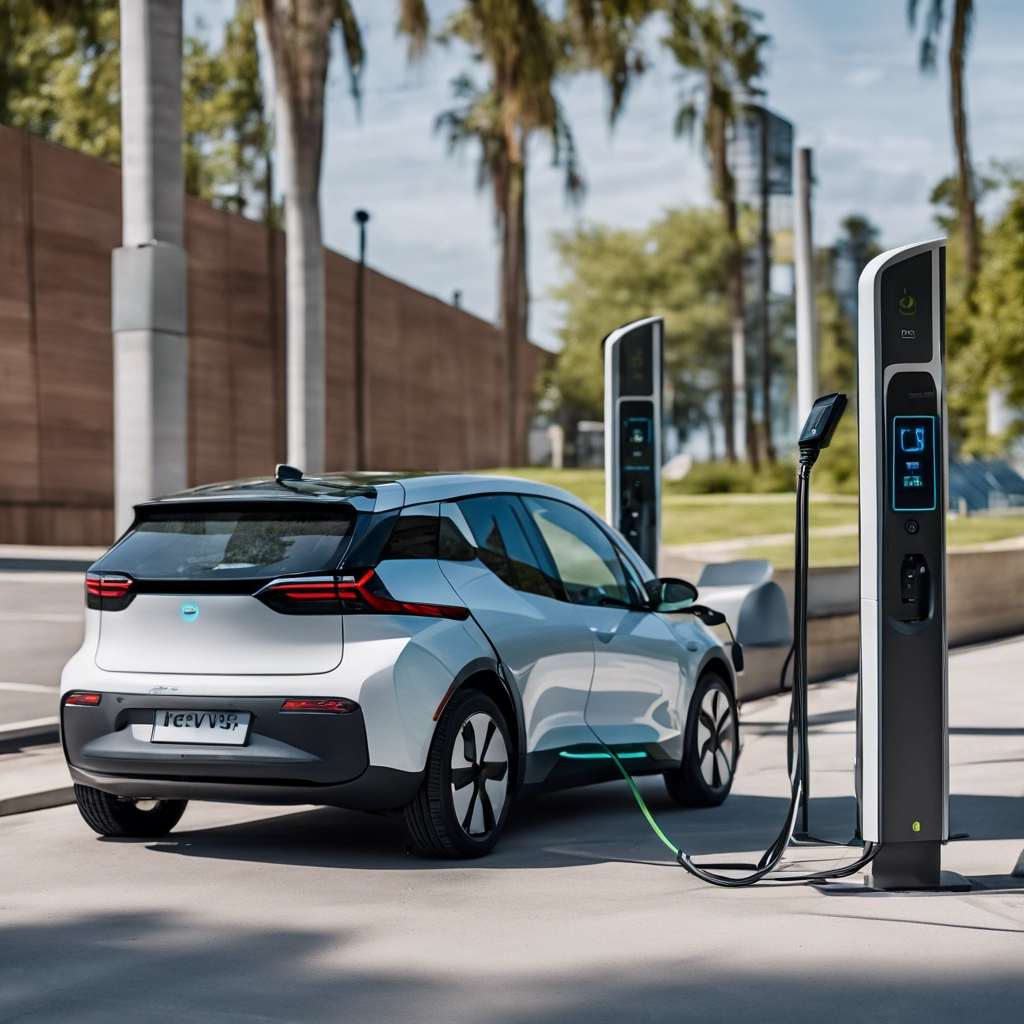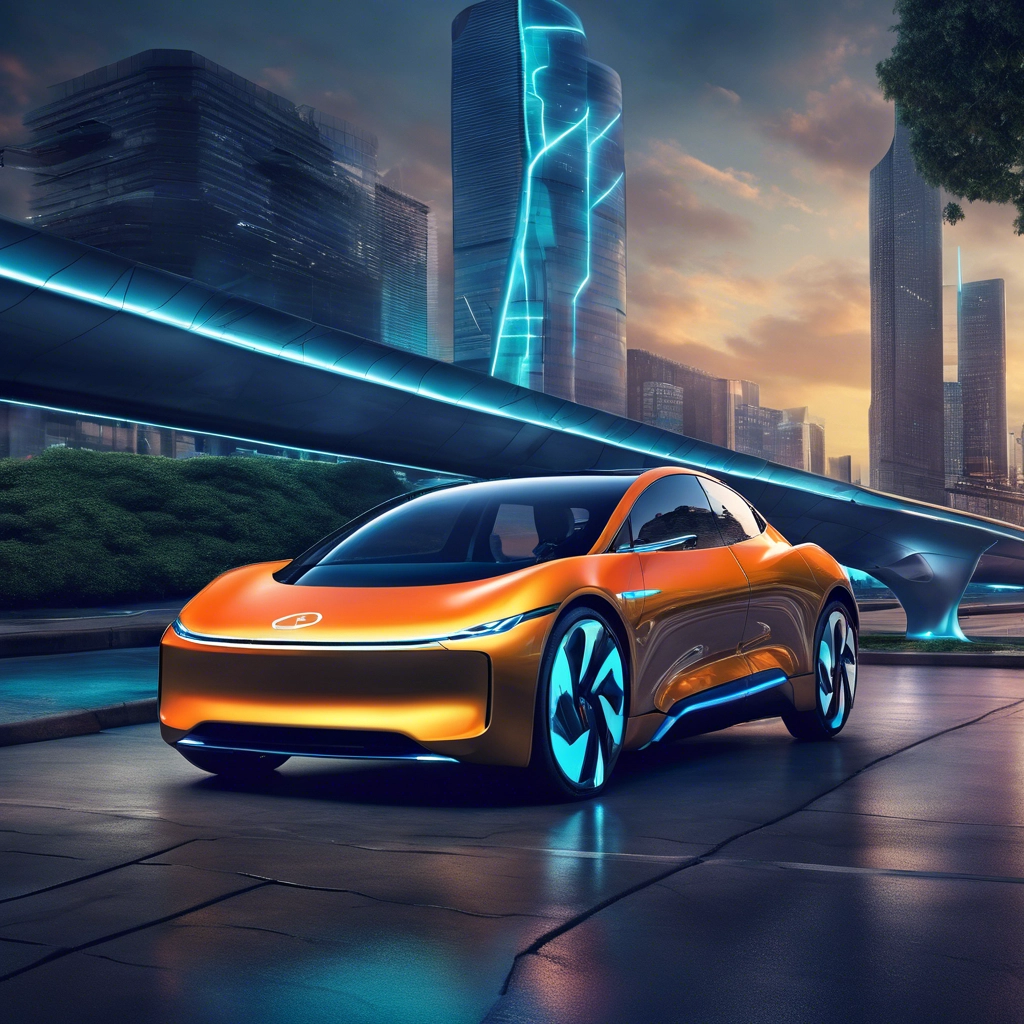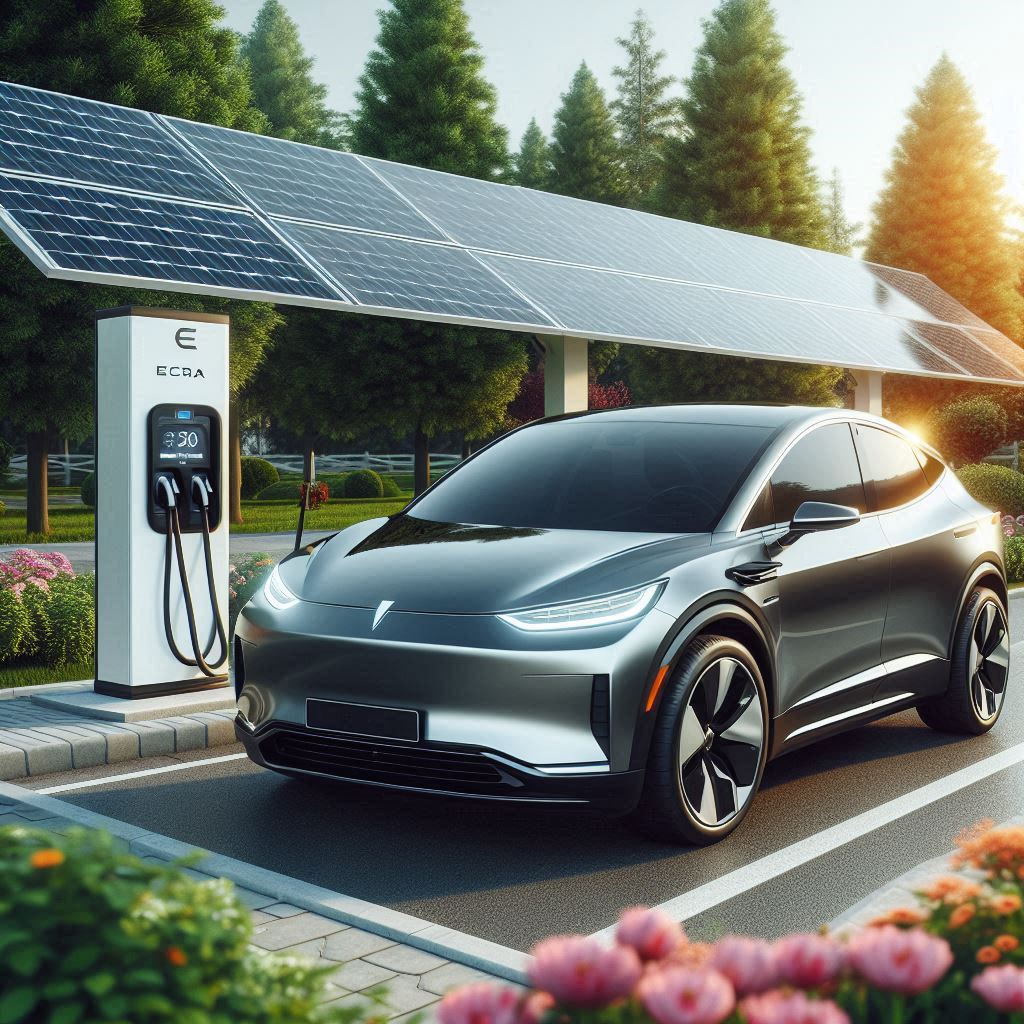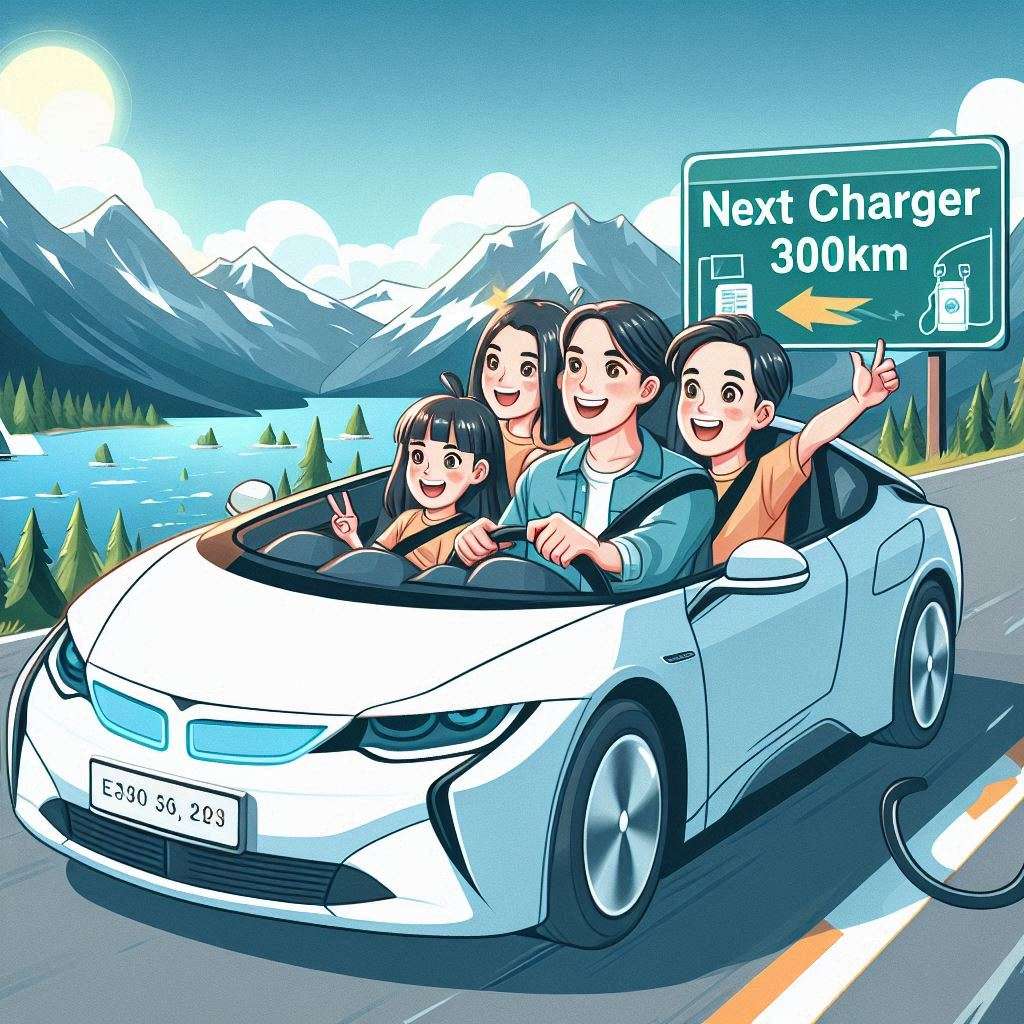Over the past decade, as EVs have gained popularity, you’ve likely noticed a heightened focus on range. This fascination stems from a key difference in how people perceive travel in EVs compared to traditional fossil fuel cars. While fuel stations are widely available and convenient, charging infrastructure is still developing, making range a concern for longer journeys. We’re going to explore the reasons for this obsession with EV range and how it affects your experience as an EV driver.
Understanding Range Anxiety
The fear of running out of battery before reaching a destination can be a significant factor in decisions to purchase an EV. This anxiety stems from a perception that EVs are less reliable than traditional cars, which can quickly and easily refuel at petrol stations. Limitations of charging infrastructure and battery life further contribute to this feeling, leading people to monitor remaining range and plan journeys around charging opportunities.
Definition and Causes
Understanding range anxiety is important for anyone considering an electric vehicle. It arises from the uncertainty of whether you’ll find a charging station on your route or if the battery will hold up for your trip. Factors such as the increased focus on range in marketing and the limited charging infrastructure compared to fossil fuel options amplify these worries, impacting your confidence in transitioning to EVs. The media have played up range anxiety in both news and advertising.
Historical Context
In fossil fuel vehicles, the concept of range anxiety was virtually non-existent. Traditional vehicles can refuel in a matter of minutes at plentiful fuel stops, making long-distance travel relatively effortless. In contrast, when electric vehicles hit the market, many highways and bywayss lacked the established infrastructure, making it challenging to find a charging station, especially on longer trips. This outdated perception of disparity in accessibility contributes to the heightened concerns around EV range today.
At the dawn of motoring, fuel was purchased by the pint (about half a litre) at chemist shops or drug stores. There was virtually no infrastructure for the distribution and sale of fuel. Road trips required either a large number of fuel cans, or frequent stops at each town to purchase whatever “motor spirit” was available locally. Sometimes it was a combination of both. Back then there weren’t too many cars on the road and fueling infrastructure was able to grow along with the uptake of car ownership.
In comparison, the early days of electric vehicles highlighted stark differences: limited charging stations and longer recharge times meant planning routes with caution. While electricity is ubiquitous, the ability to transfer it quickly and efficiently to EVs has had to develop rapidly to keep up with the poluarity of electric cars. While EV technology has improved significantly, the shadow of range anxiety lingers as both consumers and the industry adapt to new paradigms in transportation.
Comparison with Fossil Fuel Vehicles
If you consider the differences between electric vehicles and fossil fuel cars, one key area is the perception of range. While petrol cars typically boast a range of over 400km, EVs often face greater scrutiny when it comes to distance capabilities. This distinction shapes consumer attitudes and purchasing behaviors.
Fueling Convenience
EVs
- Rapidly growing, but still evolving infrastructure.
- Reliant on electricty grid or locally generated power (e.g solar or wind)
- Can be done at home while you sleep
ICEVs
- Well established fuel distribution systems created over the last 120 years.
- Reliant on fuel refining, distribution and delivery
- Difficult at home, and requires a diversion to a fuel station.
Fueling Convenience
On a road trip, the ease of stopping at a fuel station contrasts sharply with the search for an EV charging station. While petrol can be refueled in mere minutes, charging an electric vehicle typically takes longer, depending on the type of charger available, vehiclecharacteristics, availability of chargers and electricity supply.
Infrastructure Availability
After considering convenience, you should also look at the infrastructure supporting various vehicle types. Fuel stations are ubiquitous and readily accessible, whereas EV charging networks are still developing, leading to varying experiences depending on your location.
Plus, the growth of EV infrastructure is not uniform; urban areas may have abundant charging options, while rural regions might lag behind. This inconsistency can create anxiety about finding an available charger on long trips, making the perceived range limitations more pronounced for EVs compared to the relatively worry-free fueling of fossil fuel vehicles.
Technological Advances in EVs
Battery Innovations
To enhance your driving experience, manufacturers are investing heavily in battery innovations. New battery chemistries, such as solid-state and lithium-sulfur technologies, promise higher energy densities and faster charging times. These breakthroughs help reduce weight and maximize range, ensuring you can travel further without compromising performance.
Range Improvement Strategies
For those concerned about range anxiety, various strategies are being implemented to maximise the distance your electric vehicle can travel on a single charge. From software optimization to regenerative braking systems, these methods enhance efficiency and extend your vehicle’s capabilities.
A number of effective techniques are being developed to improve range in electric vehicles. Weight reduction through the use of lighter materials, aerodynamic designs, and efficient tire technologies is contributing to lower energy consumption. Additionally, advancements in route planning software can help you optimize your travel, ensuring you reach your destination without unnecessary detours. These strategies collectively aim to enhance your driving experience and alleviate any range concerns you may have.
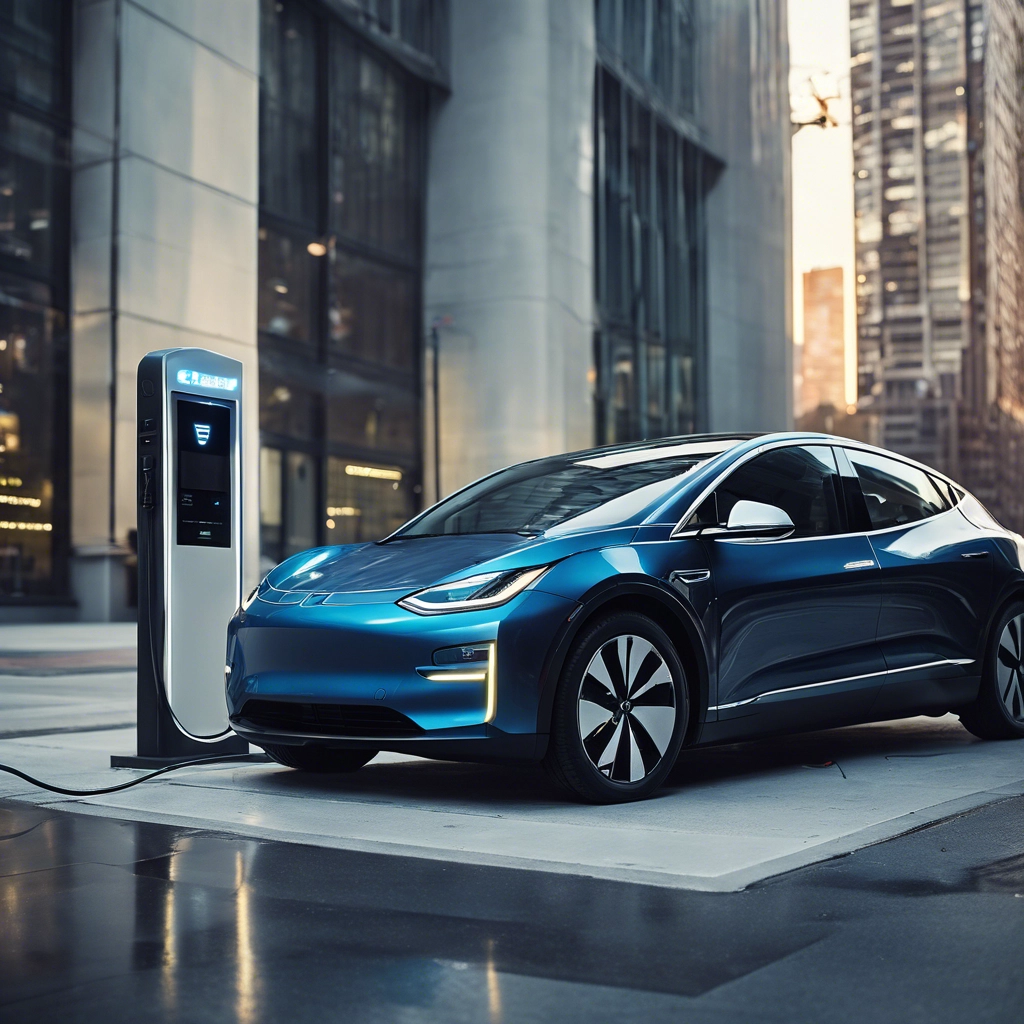
Consumer Behavior and Expectations
Many consumers now prioritise range due to heightened awareness of battery limitations and charging infrastructure, whether warranted or not. Unlike traditional fossil fuel vehicles, which can refuel quickly at numerous petrol stations, EV owners often face anxiety about finding charging stations or being stranded with low battery. To alleivate range anxiety it’s important to consider your driving needs and available infrastructure. The average distance driven by an Australian vehicle each day is 31km, which menas you can generally charge your needs in less than an hour, using off peak power, for minimal cost while you sleep. Longer trips might need a bit more planning, but can easily be done with charging insfrastructure rapidly growing to meet most people’s needs.
Psychological Factors
Between the fear of running out of power and the desire for freedom on the road, psychological factors significantly shape your expectations of EV range. Factors include:
- Range anxiety stemming from a preception of limited charging locations
- Comparison to fossil fuel vehicles’ immediate refueling
- Peer influence and social perceptions of EV performance
- Negative media reports, sometimes influenced by vested interests (commercial or political motivations)
This underlines the need for improved education to make electric driving more appealing. Range and infrastructure are adequate (barely) but rapidly improving.
Marketing Influence
With the rapid growth of the electric vehicle market, marketing has played a pivotal role in shaping perceptions of range. Automakers often highlight range statistics as key selling points, emphasising their vehicles’ capabilities compared to competitors. This strategy has led you to associate longer ranges with superiority, inadvertently increasing the pressure on manufacturers to enhance battery performance and range capabilities.
Considering the competitive landscape, automakers aggressively market their EV ranges to capture consumer interest. By showcasing impressive numbers, they build credibility and assurance, which directly impacts buying decisions. Brands such as Tesla have set benchmarks that influence consumer expectations across the industry. As a result, consumers often overlook other vital vehicle features while fixating on range, illustrating how marketing impacts your perceptions and choices in the EV market.
Future Trends
Current technologies are able to provide similar ranges to fossil fuel cars, although charging times are still longer than refulelling. The future of electric vehicles, however, promises improvements in range and charging times that will address your concerns. Innovations in battery technology, such as solid-state batteries, have the potential to significantly enhance energy density, allowing you to travel further on a single charge. Additionally, advancements in charging infrastructure and energy recovery systems will further reduce range anxiety and improve your overall driving experience.
Emerging Technologies
Range enhancement strategies are set to transform your driving experience. New battery technologies, including lithium-sulfur and solid-state batteries, aim to double the energy capacity compared to current lithium-ion options. Variations in vehicle design, such as lightweight materials and improved aerodynamics, will also help maximise the distance you can travel, making EVs more appealing for longer journeys.
Potential Policy Changes
Governments are offering incentives for the development of advanced battery technologies and expanding charging networks, facilitating your transition to electric driving. These changes aim to create a more robust infrastructure that supports your need for efficiency and range.
At the forefront of potential policy changes, governments worldwide may introduce incentives for manufacturers to invest in innovative battery solutions. These developments can lead to increased production of high-capacity batteries, which could significantly enhance your vehicle’s range. Moreover, enhanced funding for public charging stations can help alleviate concerns about electric vehicle accessibility for longer trips, ultimately making the shift to EVs a more feasible choice for you and other consumers.
The Rise of Charging
While there will always be a need for public chaging, the perception that we need as many chargers and we have petrol bowsers is simply wrong. You can’t produce petrol at home, at least not easily, but electricity is already available in almost every home. Adding a charger to charge overnight is a simple matter for many, meaning the local charger won’t be frequented by many locals. Instead they will charge at home. Eventually apartments and unit blocks will have to go down the path of providing charging onsite, but for the moment, some apartment dwellers will be dependent on public charging. Most public charging in future though will be for tourists and people who are far from home. Competition will reduce prices and many businesses will offer free or inexpensive charging as competitive advantage for consumers. Businesses without charging will not survive if people can get similarly priced goods or services at a competitor who offers to charge your car while you shop.
Have Petrol Stations Peaked?
While petrol stations are likely to be around for a while yet, it’s not something people will continue to invest heavily into. The number of petrol stations will likely start to decline as demand drops. Prices are already reducing, which in turn reduces margins for operators. As the price continues to drop, some operators may choose to pivot their businesses to electric charging, maybe offering better restaurant and cafe options for those that choose slower and cheaper charging options while enjoying a meal or break. Others may simply close.
Summing up
To wrap up, your obsession with electric vehicle range stems from a shift in how we perceive mobility. It’s fuelled by media reports, which are often wrong. Whether by poor journalism, or outright mis-information based on vested interests, the media often gets it wrong. Fossil fuel cars are supported by a vast fuel infrastructure, which has now peaked and will likely start slow but sure decline in the next few years, EVs require you to plan your journeys around charging stations.
EV charging infratructure is rapidly evolving and expanding, Electricity is in it’s ascendency, while fossil fuels have reached decadence, if not downright decline. Understanding the limitations of battery technology and the relative novelty of EVs adds to your concerns about running out of power. As electric vehicles continue to evolve, so too will the infrastructure and technology, range axiety will start to decline rapidly. While there are certainly some limitations to EVs currently, tens of thousands of people are using EVs around town and many are venturing on long trips into rural areas. For EV owners, range anxiety is a distant memory. For potential buyers, it’s still a concern, but shouldn’t need to be.

